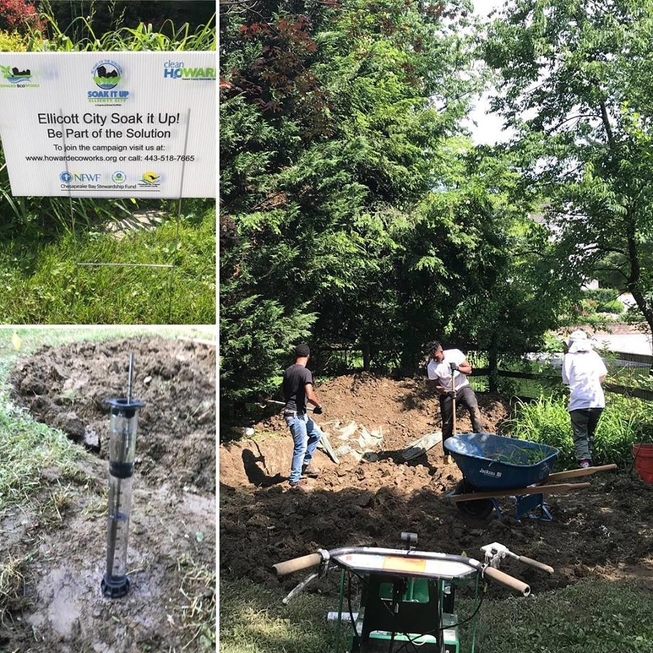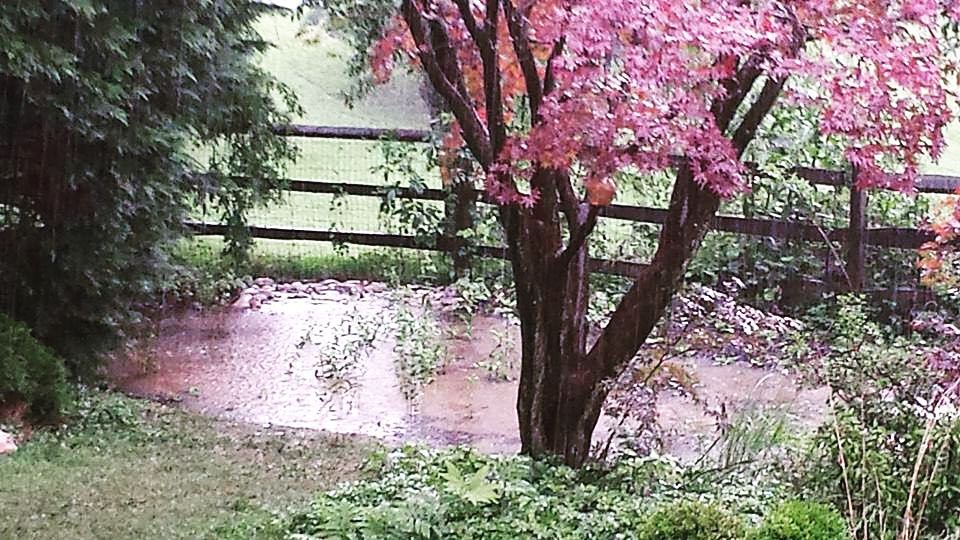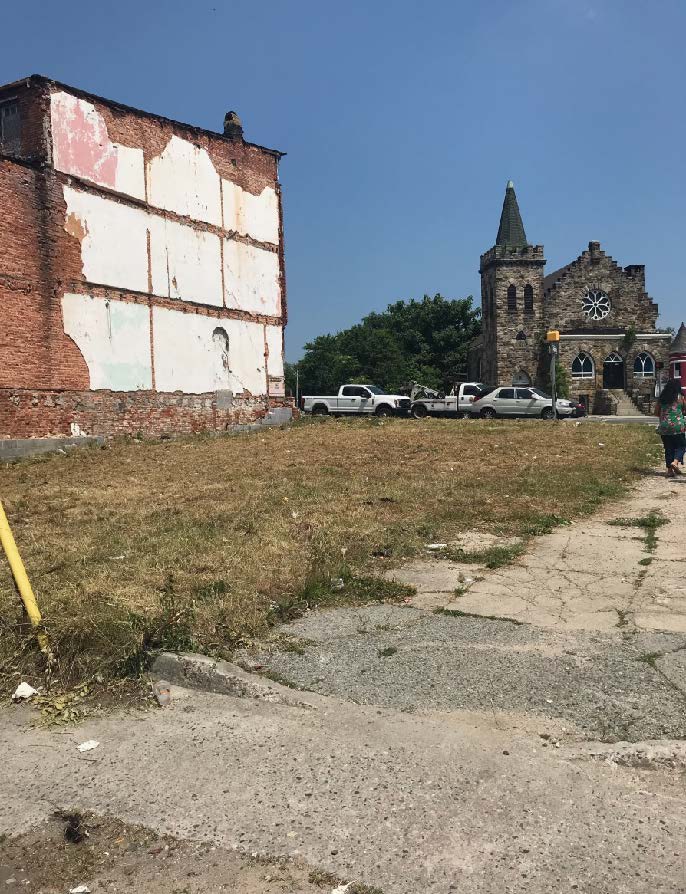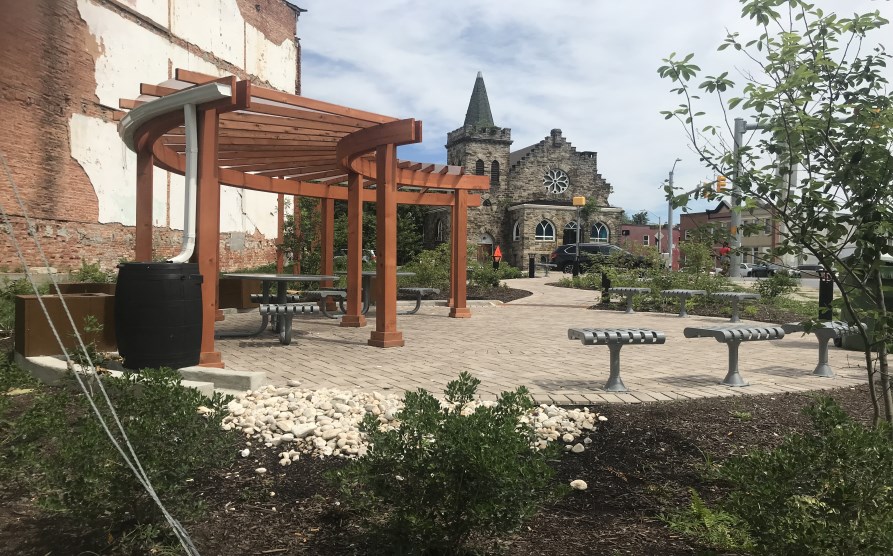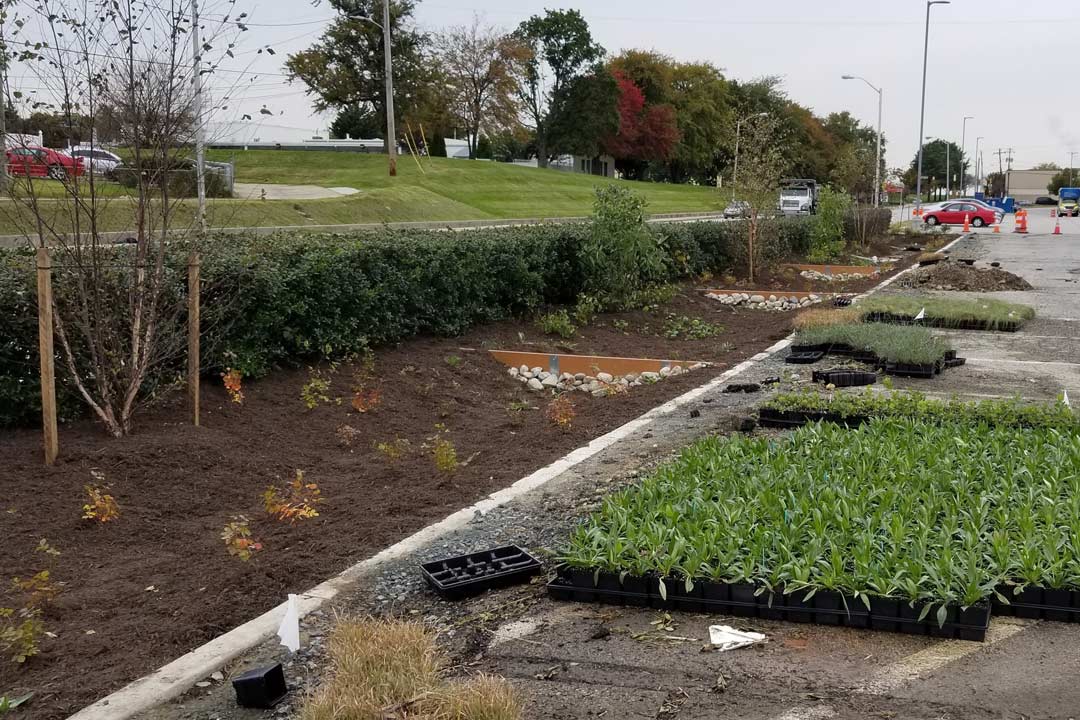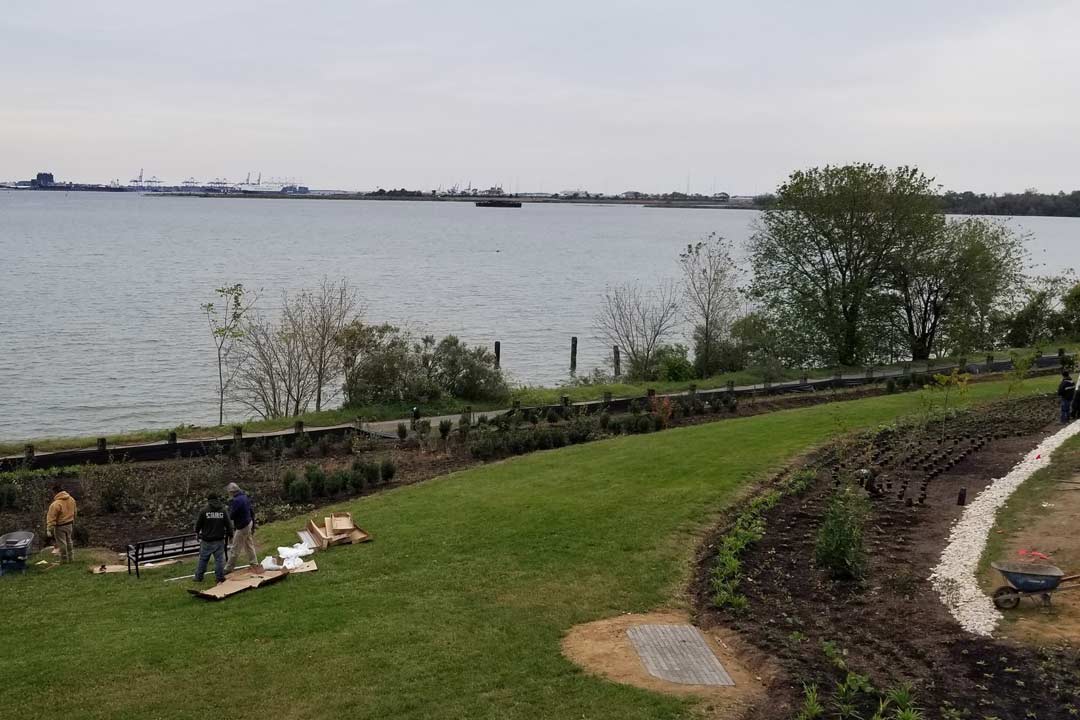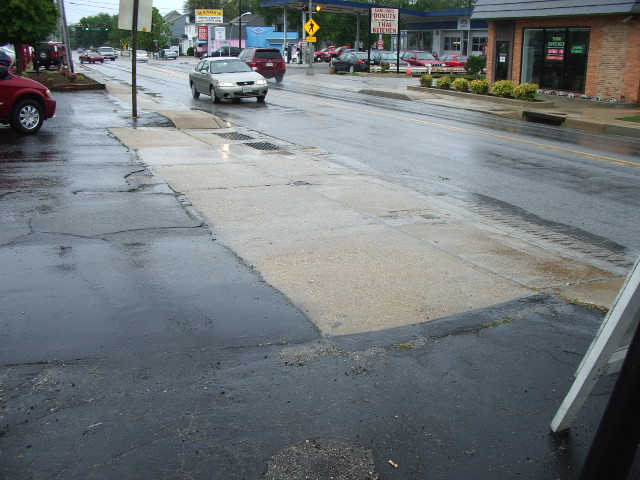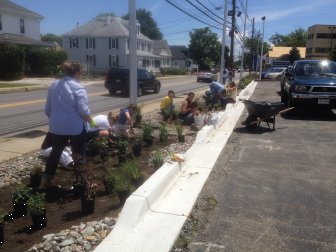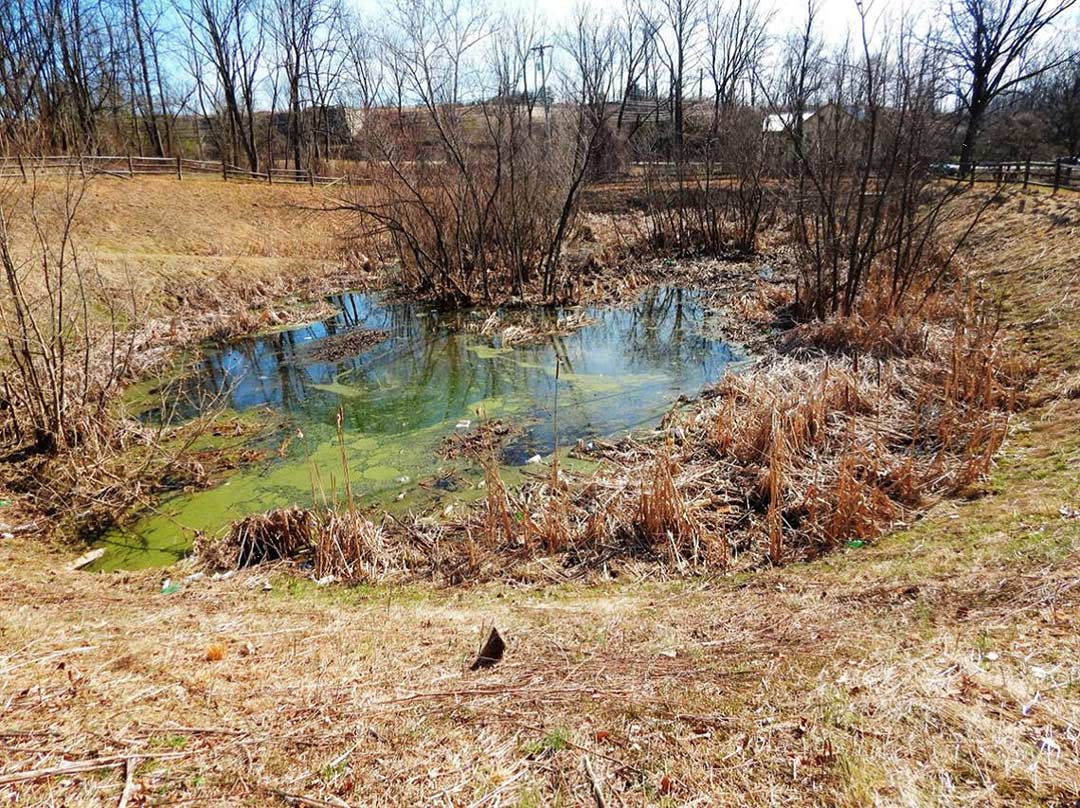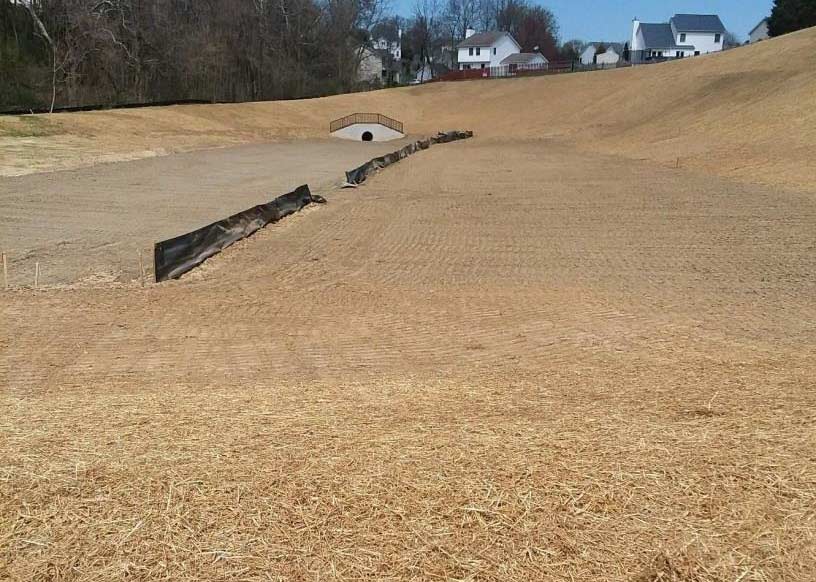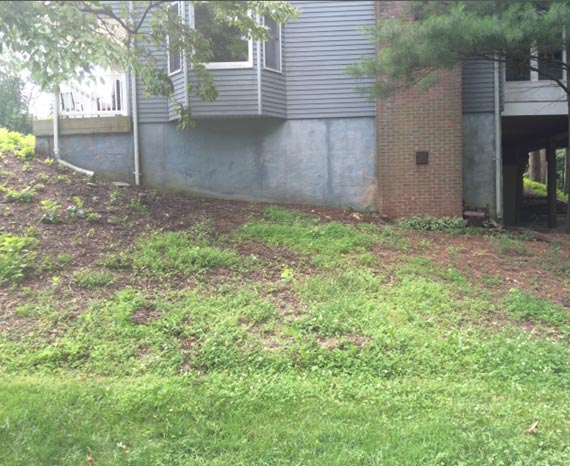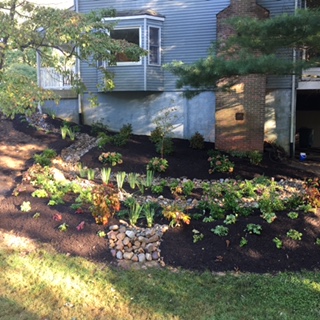Bioretention Illustrated: A Visual Guide for Constructing, Maintaining, and Verifying the Bioretention Practice
In recent surveys conducted by CSN, local stormwater managers have expressed major concerns about the long term maintenance of low impact development (LID) practices, and the lack of inspection protocols for small-scale practices. Clearly, most communities will have many, many more small practices to report, track, inspect and verify. The transition to the new LID paradigm requires a new model for efficiently inspecting and maintaining practices over their entire life cycle.

